Avro Anson K6158 crashes near Ewell Minnis – 22nd February 1937

No.48 Sqn’s Avro Anson K6158 flown by Sgt Plt Gwilym James Maurice (pilot, aged 23), Flt Lt George Edward Strangman (navigator), Aircraftman Stanley McCabe (radio operator) and F/L Reginald John Cooper (navigator) crashed at Ewell Minnis. They were on a circular training flight at night in a snowstorm. The aircraft was hit by lightning and the pilot lost control. The aircraft crashed in a field, killing two airmen and injuring the other two, F/L Strangman would die later in hospital on the 24th Feb.
Flt Lt Strangman and Sgt Plt Maurice are buried in Minster Cemetery, Aircraftman McCabe is buried in Camberwell New Cemetery.
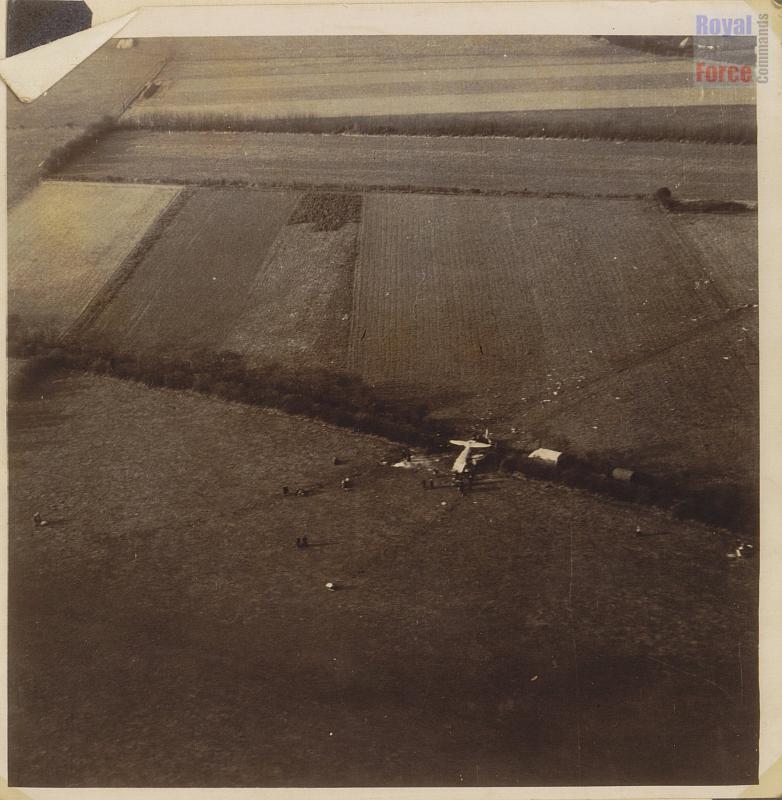
Avro Anson K6158 – used with permission from RAFCommands
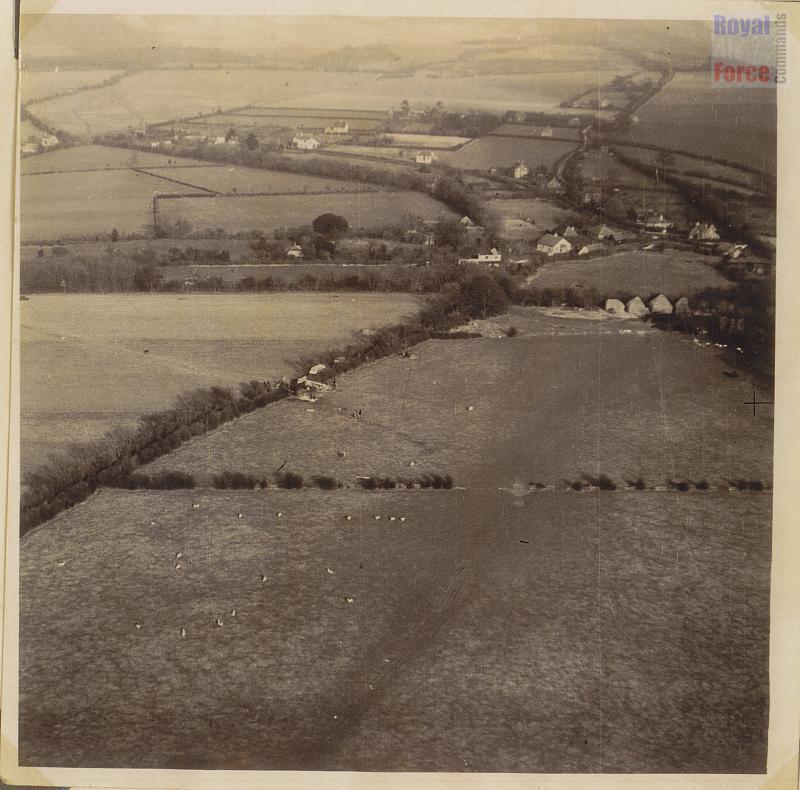
Avro Anson K6158 – used with permission from RAFCommands
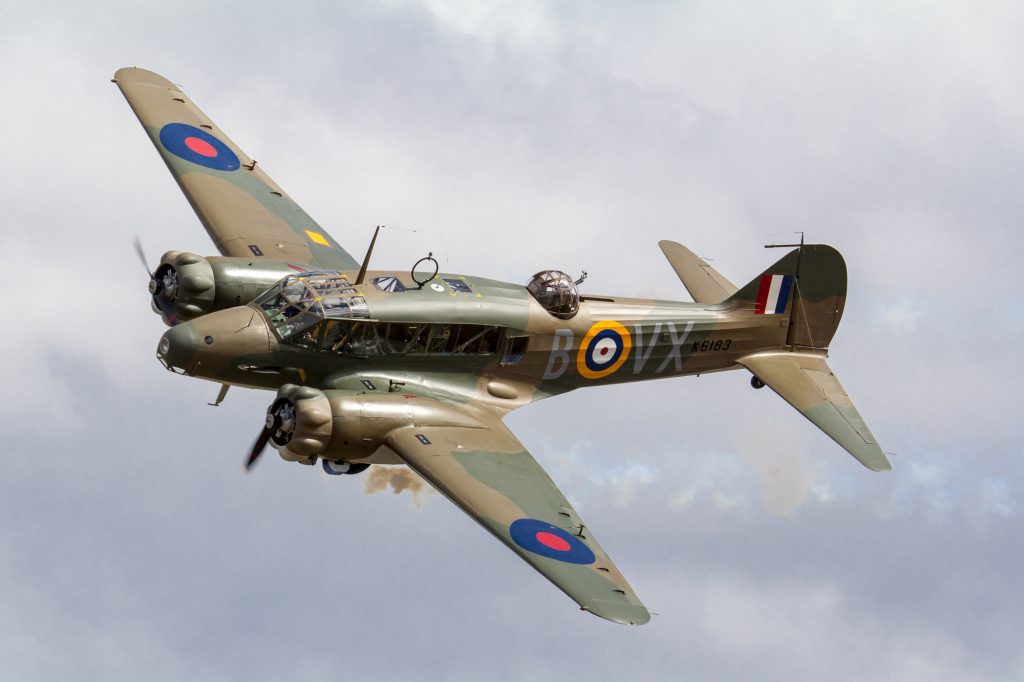
Stock image of an Avro Anson, By Oren Rozen (Own work) [CC BY-SA 3.0 (http://creativecommons.org/licenses/by-sa/3.0)], via Wikimedia Commons.
EWELL MINNIS AIR CRASH.
PLANE WAS STRUCK BY LIGHTNING.
It was revealed at the resumed inquest, on Tuesday, at Hawkinge, on the airmen who lost their lives in the crash on Ewell Minnis on February 22nd, that the plane was struck by lightning before it crashed. It will be remembered that when the R.A.F. plane crashed two men – Sergt.-Pilot Gwilym James Maurice (24), and Aircraftsman Stanley McCabe (26) – were killed instantly, and that Flight-Lieut. George Edward Strangman (26), died of his injuries two days later in the Royal Victoria Hospital, Dover.
At the resumed inquest, the Coroner (Mr. Rutley Mowll) said that all three inquests would now be conducted together. Dr. John Barrett, House Surgeon at Dover Hospital, said that Strangman was received at the Hospital at about 8.45 on the evening of February 22nd, and witness examined him at 11 p.m. He was in an extremely shocked condition, with compound fracture of the right leg and thigh, compound fracture of the lower jaw, and of the base of the skull and fracture of the left arm. He was unconscious when admitted. He had a deep wound over the left side of his forehead and on his left wrist. On the second day he rallied somewhat at about p.m. A special splint was then applied to his leg. He died at 3.30 in the morning of the 24th, never having recovered consciousness. The cause of his death was the fracture of the skull and shock. Deceased had evidently been thrown violently on to the ground, as bits of grass and earth were removed from the wound his jaw. Flight-Lieut. Cooper was also admitted to the hospital, and he was in a pretty bad state. He had fractured skull and petrol burns to the back and thighs. He had been well enough to remove to Uxbridge R.A.F. Hospital the previous Friday, and they had every hope of his ultimate recovery.
Squadron Leader Langford Sainsbury, Officer Commanding the 48th Squadron at Manston, who had identified the bodies at the previous hearing, was asked by the Coroner to explain the difference between the functions of “pilot” and “navigator.” The pilot was responsible for flying the plane, and was captain of the craft every way. The navigator worked out the course, but the pilot might overrule him if he thought fit. In this case, Sergt. Maurice was the pilot, and the two officers were navigators. The machine was fitted with all the proper instruments for ascertaining the altitude and direction. Maurice was not a brilliant pilot, but was perfectly safe, steady and straightforward. He had had over 300 hours of flying experience, and 178 of these had been with this particular type of machine. That included night practice. Sergt. Maurice had been entrusted with the lives of other people on many previous occasions, and witness had had no reason to doubt his efficiency. The Coroner: Were the instruments sufficient to enable the pilot to fly blind? Yes, sir. He would know how high he was from the ground, but in the dark he would be flying entirely dead reckoning. Photographs of the crash were then produced.
Witness described the probable course the aeroplane took as it crashed. The left wing struck the ground right at the end of the field, and then the plane tried to get on an even keel. The wheels had been wound up, and the machine dashed along the ground, the wing gradually breaking up until it hit the tree on the edge of the sunken lane. The impact caused the whole plane to cartwheel. It was the tree that caused all the damage. The distance from the marks w-here the wing first touched the ground to the hedge would be about 90 yards, and the engines went on for another 50 yards.
The Coroner: You. As senior officer, have no doubt been considering the cause of the crash. Are you satisfied that there was no fault in the equipment of the aeroplane?— As far as we can tell from the wreckage, which has been carefully examined by experts, we are satisfied that when the aeroplane hit the ground it was from no technical failure.
The Coroner: That night there was snow storm, and at least one flash of lightning, and general interference from atmospherics. On examination of the wreckage, could you find any sign of the aeroplane having been struck by lightning?— Traces that the aeroplane had been struck were found. These traces were discovered round the wireless operator’s seat and table. He would be sitting towards the back of the machine. The lightning did no structural damage to the plane, but it must have been very disturbing for the crew. The lightning probably came up into the trailing aerial through the aerial winch, and then discharged itself in the cabin.
The cause of the accident was, in witness’ opinion, error of judgment the part of the pilot, who got nearer to the ground in the thick weather than he was aware. The plane had just been struck by lightning, and witness’ personal opinion was that he looked back into the plane to see what was going on, and did not see how near he was to the ground in time. A plane could lose height extremely quickly. The Coroner said that in witness’ view, then, the pilot was flying at a decent height when it happened. A momentary loss of control, due to the shock of lightning, and he did not realise how much height he had lost, and hit the ground before he could recover.
The foreman asked what an aeroplane usually did when it met a storm? Witness replied that it usually went over the storm. All the other planes out on the night of the crash flew high and avoided it. This plane was on the edge of the storm, and was in it before they knew where they were.
The Coroner said that that was all the evidence that was necessary in this case. It was a serious case, as it involved the death of three young fellows of the R.A.F., and it was only right that the public should enquire into the cause, apart from any technical inquiry of the Air Force Authorities. The public should be satisfied that all reasonable steps were taken to avoid a fatality of this kind. So far as they could say, it would appear that the Air Force came out of this quite creditably. They had been supplied with the simplest explanation of what had occurred. Having heard the evidence of the witnesses there was on one verdict that the jury could return, and that was misadventure. They would, no doubt, accept the evidence of Squadron Leader Sainsbury who knew what talking about, as to the cause of the crash. The pilot had been faced not only with an unexpected snowstorm, but also with an extremely trying experience, the plane had just been struck by lightning, and it did no vital damage, it must have been extremely distracting.
The jury returned a verdict of death by misadventure. The Coroner expressed their sympathy with the relatives of the victims and with the Air Force Authorities.
ENDS


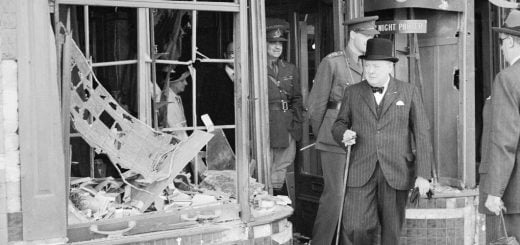

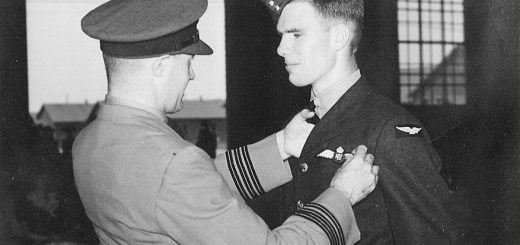




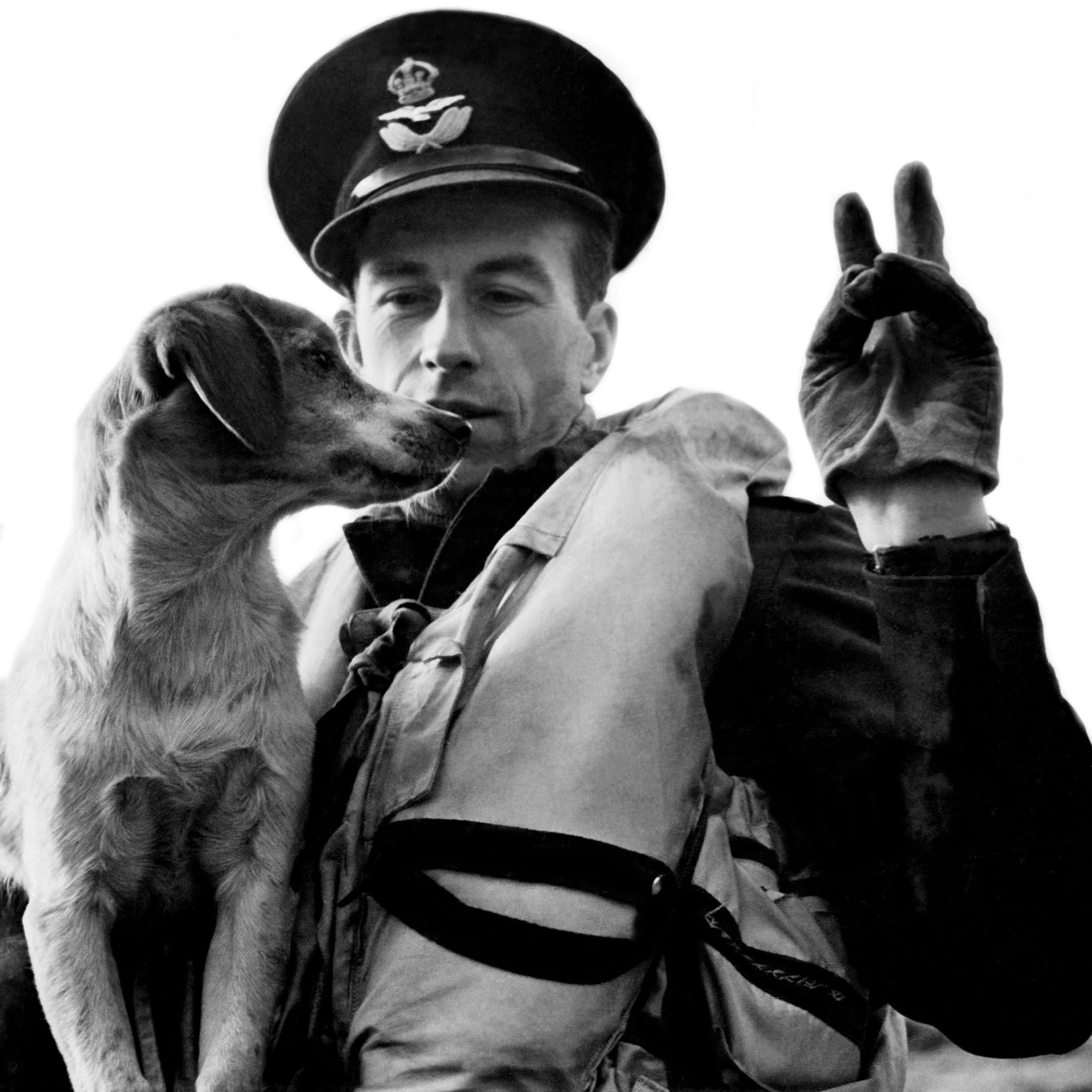
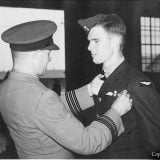


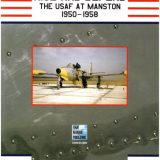
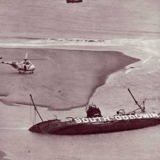
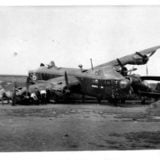
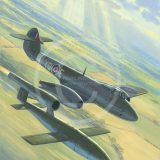
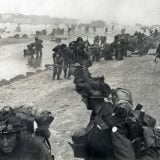
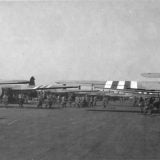
I am the Grand daughter of Stanley McCabe. My dad was the little baby left behind.
Where is this please do you know the exact location me and my family have been up here for over 100 years